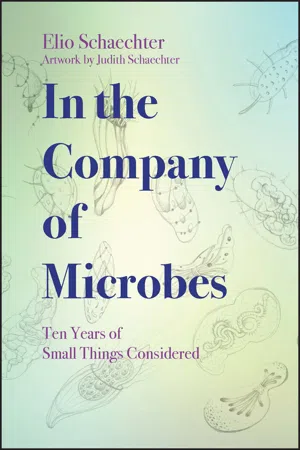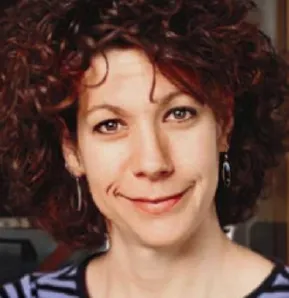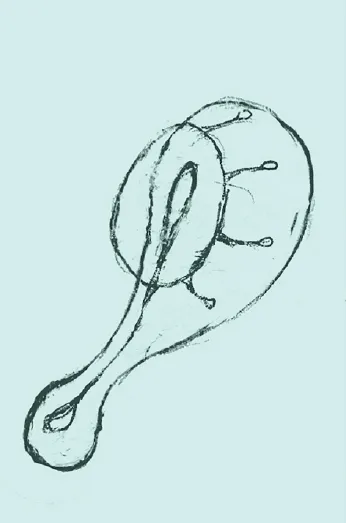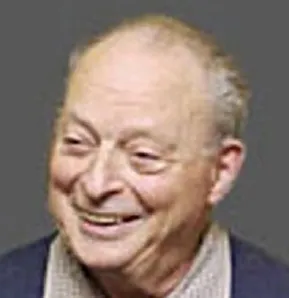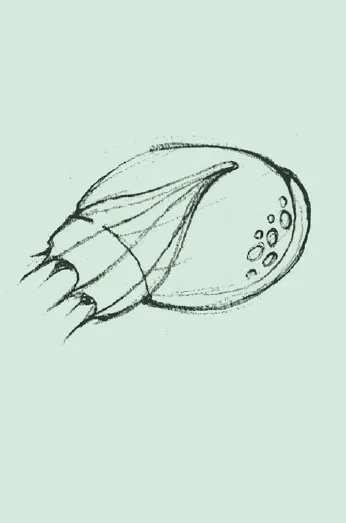On July 1, 2010, when I started my term as ASM president, I was reminded of three ominous curses of dubious ancient origin:
1. May you live in interesting times.
2. May you come to the attention of those in authority.
3. May you find what you are seeking.
May you live in interesting times: Clearly, these times qualify. Microbes will be at the heart of solutions to our most pressing problems: the environment, food, energy, and health. The BP oil spill began on day –79 of my term. Microbes are coming to the rescue, and ASM expertise is on the scene Let us hope that lessons have been learned. In his inauguration address, President Obama promised to “restore science to its rightful place.” It may be happening. The National Academy of Science’s Board on Life Sciences recently released its report: A New Biology for the Twenty-First Century. The US Cabinet Secretaries of Energy and Agriculture requested a series of workshops to discuss how to implement the new biology. A first workshop, focused on food and fuel, was held in DC last month, and I was invited to participate (day –27 of my term). Workshop members were asked to develop scientific challenges for the decade to be proposed to Congress for funding. Together with several other ASM members in attendance, I strongly advocated the understanding and appropriate use of microbes to synthesize new fuels, clean up the environment, optimize crop production, etc. Our rallying sound bite: microbes, the world’s only unlimited renewable resource!
May you come to the attention of those in authority: On May 20, with quite some fanfare, Science published a manuscript: Creation of a Bacterial Cell Controlled by a Chemically Synthesized Genome. On that same day (day –42 of my term) the ASM Public and Scientific Advisory Board (PSAB) released a position statement offering a balanced perspective on the manuscript, the status of the field of synthetic biology, and its regulation. A number of ASM members, including myself, gave expert opinions in newspapers, on the radio, and on TV. President Obama requested his Presidential Commission for the Study of Bioethical Issues to undertake a study of the implications of this scientific research and other advances that may lie ahead in this field. I will testify at the first Commission hearing on July 8 (day +8 of my term—at last we’re into positive numbers!). I feel well equipped to represent us. Last year I was the organizer and chair of the National Academies of Sciences Keck Futures Conference on Synthetic Biology. I continue to learn about new developments in the field, and I am expertly advised by our PSAB staff, our new PSAB Chair Roberto Kolter, and other knowledgeable ASM members. My specific role is to compare and contrast the engineering perspective with that of the biological and genetic sciences, and to explain how approaches represented by synthetic biology differ from other approaches to biological manipulation. I will also address what has been accomplished and what is likely to be accomplished in this field and what I think are important obstacles to the advancement of synthetic biology.
May you find what you are seeking: Over this past year (day –365 to day 0) as president-elect, I got to know the Society inside and out. I learned what remarkable accomplishments 40,000 volunteers can achieve. I saw our members donate huge blocks of time for the good of our discipline and the health of our planet. I became fully convinced that collectively we have the potential and the expertise to make the world healthier, to enable a sustainable relationship with our environment, and to ensure the promise and prominence of science and technology in our culture. It has been a magical and eye-opening year. I am beginning to understand the vast breadth and depth of this organization and the position of its members in leading the nation and the world in all in matters touched by microbes.
There’s nothing like a few ominous curses to get the blood flowing. I am eagerly looking forward to this coming year with the hope that I can make significant contributions to the ASM and to our community at large. I will do my best to further enhance our reputation in public policy, education, outreach, and scientific advancement. Now at day +1 and counting, I look forward to meeting you!
We have a tradition of hosting a few reflections from the incoming president of the ASM.
Bonnie Bassler is the Squibb Professor of Molecular Biology at Princeton University and a Howard Hughes Medical Institute Investigator. She is a fellow of the American Academy of Microbiology and a member of both the National Academy of Sciences and the American Academy of Arts and Sciences.
July 1, 2010
bit.ly/1LAnyRd
#86
by Elio
Given that so many kinds of bacteria are intimately associated with animals and plants, why are so relatively few pathogenic?
April 12, 2012
bit.ly/1NRFuN5
Although the genetic code is well established, a very exciting unsolved problem is discovering how codons were related to amino acids in the evolution of protein synthesis. How did a tRNA and a tRNA synthetase first evolve, and what was their ancestral source? How were the genes for the first tRNA and tRNA synthetase duplicated, and how was their specificity varied? Can we offer any explanation for why there are two classes of tRNA synthetases? Can one predict which tRNAs evolved from one another? Similarly, can we predict which tRNA synthetases evolved from an existing tRNA synthetase?
A related series of exciting experiments would be to attempt to reproduce some evolutionary events and determine how many mutational changes it would take—and where—to evolve a tRNA synthetase with new specificity from an existing synthetase. Suppression studies many years ago showed that tRNAs may acquire new decoding specificity following single mutational changes, but synthetase suppressors were not recovered, as I recall. Also, we now know that synthetases recognize both the anticodon and acceptor end sequence of each tRNA. Is this consistent with what is known about suppressing tRNAs?
Reference
Carter CW Jr. 2008. Whence the genetic code? Thawing the ‘Frozen Accident’. Heredity 100:339–340.
Charles Yanofsky is Professor Emeritus of Biological Sciences at Stanford University and a 2003 recipient of the National Medal of Science.
May 8, 2008
bit.ly/1Gfy8R5
#19
by Elio
You are stranded on a desert island. During a walk on the beach, you stub your toe against a bottle, which rolls against a rock and breaks. A genie is liberated, eager to grant you one wish. You ask for a microbiological laboratory fully equipped to your specifications. The genie grants you that but with the condition that you can study only one sample. What sample would you collect for study, what would you do with it, and why?
July 8, 2007
bit.ly/1LHnXVC
As I wheeled my bag away from the Convention Center in New Orleans after the 115th General Meeting, I noticed its ASM luggage tag, which states “Microbes Touch Everything.” This simple line is a perfect summary of the importance of the microbial sciences and the core mission of ASM to promote and advance this field. In history there are many examples of times when the right confluence of people and technology has led to events that rapidly push back frontiers. Two examples, one old, one of our time—Leeuwenhoek seeing animalcules through his lens and the elucidation of the structure of DNA and the genetic code—both transformed science and opened new fields of exploration. The microbial sciences are now poised to enter a renaissance that is based on interdisciplinary approaches and new technologies.
In order to take advantage of this scientific moment, we must reach out to our colleagues in other fields. At the General Meeting I heard many talks that highlighted the importance of bringing new scientific disciplines into the microbial sciences. Du-ring his opening lecture, Pieter Dorrestein shared his exciting work to understand the activities of microbial communities using mass spectrometry. He began and ended his talk by noting that he is a chemist, but that his work is in the microbial sciences. Minyoung Chun of the Kavli Foundation reflected on the foundation’s interest in microbiology during the president’s lecture. She noted that Kavli has historically funded researchers focused on astronomy, nanoscience, and neuroscience. In the past year they have held a series of symposia focused on the microbiome b...
